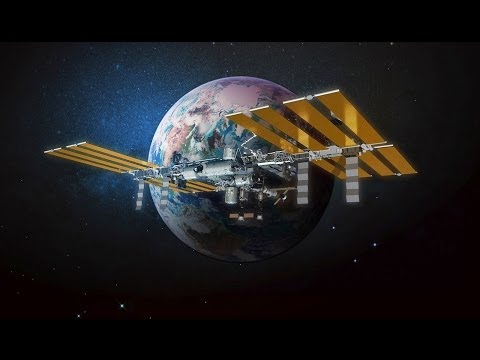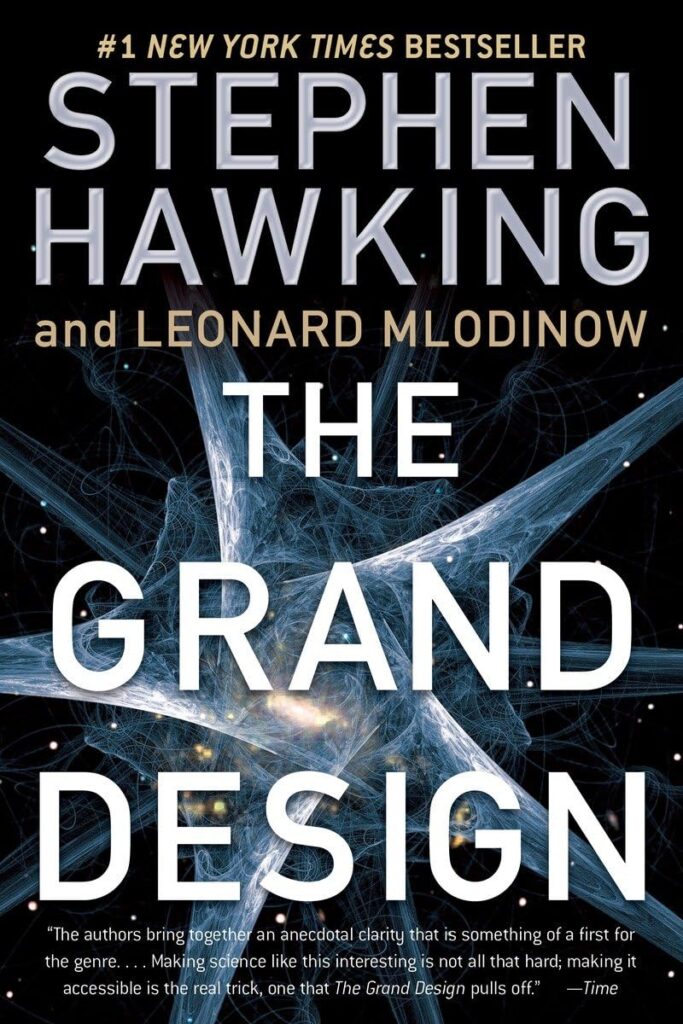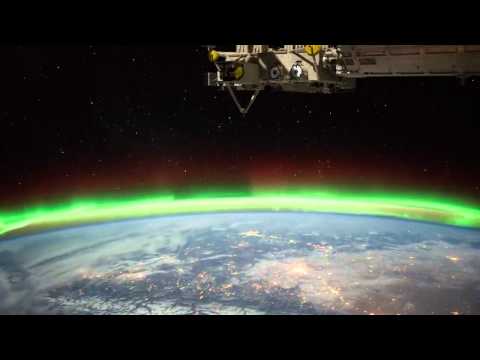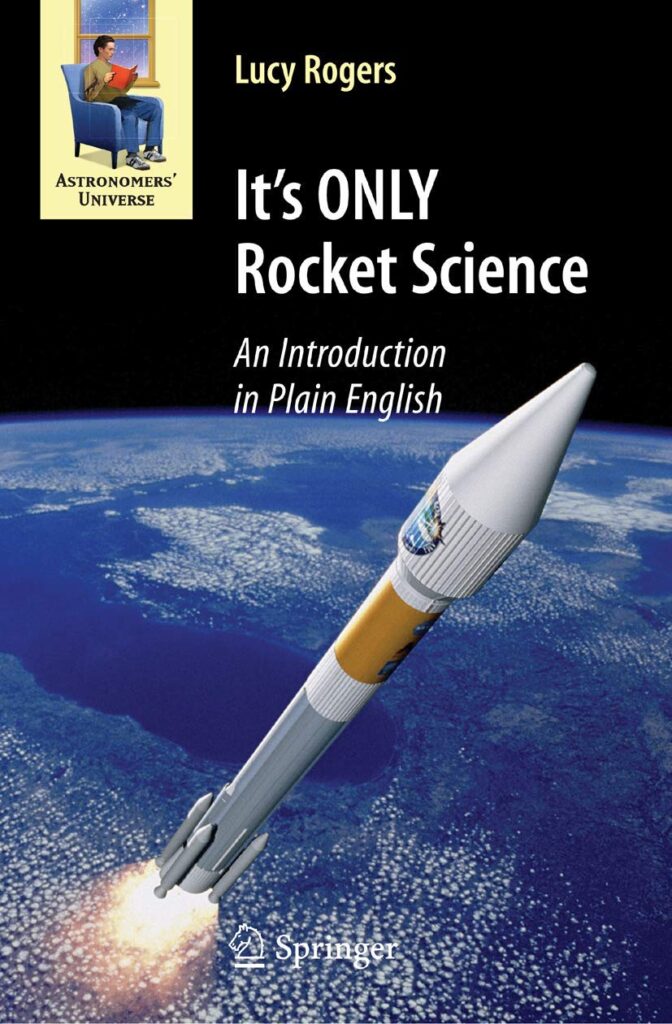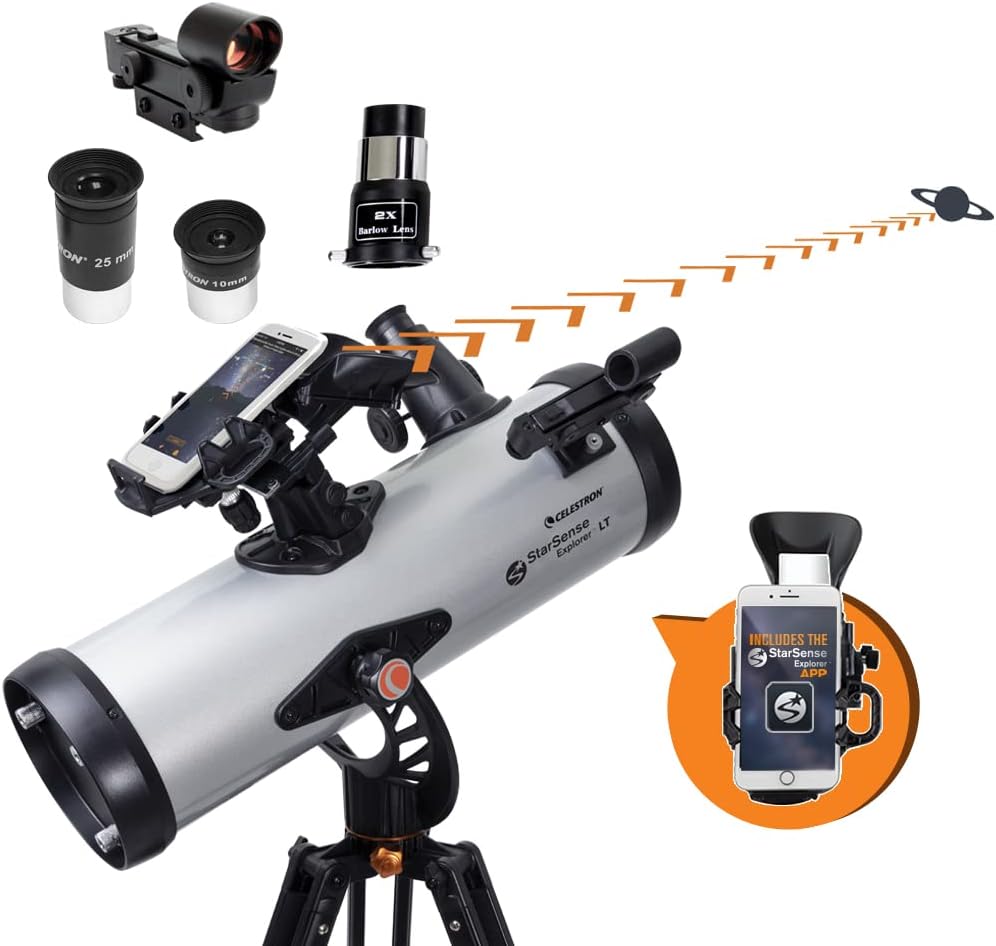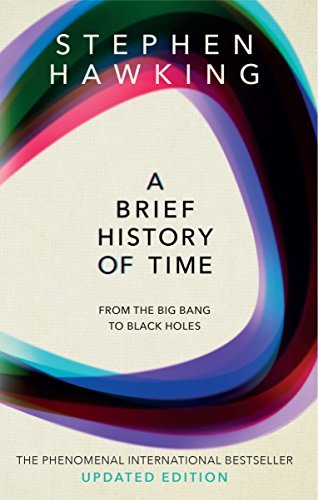Orbital Dynamics Part 01 First Discoveries
Welcome to orbital dynamics. This is a multi-part course on the basics of orbital dynamics. The orbital dynamicsor orbital mechanics textbooks assumefamiliarity with calculus and all thealgebra and trig that goes along with that. They also assume familiarity withphysics–mechanics primarily. I learned orbital dynamics well after college and didn’t remember any of my math . . . collegemath or physics I had to relearn thebasics and out of that developed this course. In this course I go over all themath and physics you’ll need tocomprehend the more advanced concepts. None of this is very complicated and evenwhat it is I try to present the materialin an accessible way with lots of animations. I take you through all thealgebraic steps in the mathematicalderivations and unlike the textbooks,which have to conserve space,I don’t skip steps. You can get a lot out of this course if you just listen to thelectures however if you really want tolearn the material I recommend you doyour own calculations and do thealgebraic derivations yourself. Along the way I’ll teach you how to do thecalculations and will introduce you tothe tools I use to develop this course. I teach a lot of history in this course. If you understand the foundationaldiscoveries behind the laws of physicsand mathematical formalisms you get abetter intuition for how the math and physics work. I start with the ancient Greeks and go forward in time toKepler, Galileo, Newton, Einstein and beyond. Most of the foundations of orbital dynamics involvesphysics and astrophysicsso I touch on astronomy as well. This course is called orbital dynamicsas opposed to orbital mechanics. The terms are synonymous in the way we use them. Mechanics is the branch of applied maththat deals with motion and forcesproducing motion. Dynamics is a branch of mechanics concerned withmotion ofbodies under the action of forces. The other part of mechanics of staticswhich is the branch of mechanics concernedwith bodies at rest and forces in equilibrium. This course deals mostly with dynamicsand a bit with statics. Orbiting bodies at least the interestingparts are dynamic systems. The key discoveries that led to the theories oforbital motions started with the studyof orbiting planets. Ancient astronomers noticed that certainlights, as they called them, moved acrossthe sky differently from stars. This animation is the path of Mars againstthe stellar background from mid-october1996 to late July in 1997. Stars move east to west as the Earth rotates. This is what they look like in the night sky sped up considerably. There were five oftheir objects that also went east towest in the night sky but against thestellar background they tended to traveltravel eastward then westward then eastward. Like I showed you before this is Mars plotted againstthe stellar background. It travels across the night sky fromeast to west with the rest of the starsbut if you look closely it moves slightly eastward. At some point it drifts slightly in the oppositedirection westward and then it goeseastward again. The Greeks called these lights Wanderers or by their Greek name planetoi. That’s how the word planet was derived. There are five planets that can be seen by the naked eye Mercury, Venus, Mars, Jupiter, and Saturn. Uranus can be seen if you know where to look but itdoesn’t move that much against thestellar background. It was missed by the ancients. Astronomers like Copernicus, Tycho Brahe, and Johannes Kepler studiedthe motions of planets and from thatdeveloped theories that explain the motions. This is where orbital dynamics got its start. in this animation I’m showing motions of Mars, Earth,Venus, and Mercury relative to the Sun. This is how we understand these motions today butwe’re getting ahead of ourselves. it took the ancients thousands of yearsto work out this motion planet’s orbitnaturally the study of orbital dynamicsenables us to understand how they orbitif that’s all over Thomas was meant forit would be part of astronomy IsaacNewton realized that an artificialsatellite could be put into orbit aroundthe Earth as this animation shows if youthrow a rock fast enough it will circlethe Earth endlessly much of what we useorbital dynamics for deals with man-madesatellites the pictures on the right orman-made satellites Sputnik on the topthe firstman-made satellite to orbit the Earthand the international space station onthe bottom probably the biggest thingwe’ve ever put in orbithere’s the movie by Stuart gray thatdepicts the number of satellitesorbiting the Earth from 1957 when thefirst satellite was launched to 2015 in1957 the Soviet Union launched Sputnikthe first man-made satellite put inEarth orbit back man there were only 48US states Eisenhower was president andbefore it was launched there were noman-made objects in space in 1958 theu. s. launched its own satellite Vanguard1 and it’s still up there since 195730,000 objects have been launchedthere’s now about 20,000 objects largerthan 10 centimeters still in orbit andabout 3,000 are operational this depictsgraphically how many man-made objectsorbit the earth the dots however not inproper perspective if they were theiractual if they were their actualrelative size you wouldn’t see them wellthere’s a lot of stuff in orbit it’s allvery small relative to the earth whysend satellites into space space offersa unique perspective at high altitudesand you’re above the atmosphere whichhas certain advantages this is a map ofthe electromagnetic spectrum much ofwhat’s done in space involvestransmitting and receivingelectromagnetic energy the radiofrequency part of the electromagneticspectrum is in the area depicted by thered line I just drew these frequenciespass almost transparently through theatmosphere these are the frequenciesused for communications space is anexcellent place for worldwidecommunications this is most of what’sdone by satellites in space they’reparts of the electromagnetic spectrumthat are blocked by the atmospherethat’s shown in these regions lookingfrom the earth and into space you can’tsee infrared radiation very well samegoes with x-rays we place satellitesabove the atmosphere so we can see theseparts of the electromagnetic spectrumthat get blocked by the atmosphere andthese frequencies we can learn a lotabout the universe space-based senseslooking inward can send energy in andmeasure what is reflected back becausethe chemical composition of theatmospherepart of the allure of theelectromagnetic spectrum thesesatellites can sense the composition ofthe atmosphere here are a few examplesof satellites that operate above theatmosphere the Chandra x-ray Observatoryand Hubble Space Telescope infraredsensors enable the discovery of asupermassive black hole at the centre ofour galaxy ground-based telescopescouldn’t have done that infraredradiation doesn’t penetrate ouratmosphere the new James Webb SpaceTelescope will operate mainly in theinfrared spectrum it will be able to seethe distant edge of the universe within400 million of a 13. 8 billion life ofthe universe probes can travel wellbeyond Earth orbit to get a closer lookat planets comets and distant celestialobjects ground telescopes can never seethe kind of detail these probes collecthere are before-and-after images ofPluto and its moon Charon the left wastaken with the Hubble Space Telescopethe right was taken with the NASA NewHorizons spacecraft in 2015 New Horizonsgot 12,000 472 kilometers from thesurface of Pluto let’s go back toprehistoric times people they werefamiliar with the Sun the moon and thestars the stars moved across the nightsky the Sun and Moon Rose is sent everyday but at different times these are thefirst observations that while intuitivetoday ultimately led to the discoveriesthat resulted in the formalisms oforbital dynamics things were in motionin the heavens that inspired astronomersand physicists to try to measure andcharacterize these motions there’s nowritten record of this but it wouldn’tbe that far-fetched to believe thatancient peoples thought that the Sunwent out each night and before it rosein the morning some God rekindle thefire today we know this isn’t true theSun that rises each morning is the sameSun that rose the day before it’sconceivable that the first astronomicaldiscovery was that the big bright thingin the sky that came up each morning andset each evening and then came up thenext daywas the same thing the moon goes throughphases ancient people who kept recordsrealized they cycled every twenty nineto thirty days twenty nine point fivethree days to be exact the phases of theMoon are caused by his proximity withboth the earth and the Sun ancientastronomers didn’t realize this for manyyears those who live away from theequator would have observed dramaticseasonal changes that was close to theequator less so people in higherlatitudes for people at higher latitudeslife adapted in a yearly rhythm with thecycle of the seasons those who werekeeping good records realized that thecycle repeats every 365 days or 365. 2422be exact the cleverer ones developedsystems for predicting the timing of theseasons which is a big aid toagriculture stars appeared to theancients and even to us as a projectionon a celestial sphere with the Starsfixed and the earth rotating withinwithin the celestial sphere stars weregrouped into constellations eachrepresenting a portion of the sky starpatterns in the constellations wereassociated with shapes like a fish forPisces a hunter for Orion or a crab forcancer in 1922 Henry Norris Russellhelped the International AstronomicalUnion in organizing the celestial sphereinto 88 official constellations thataccount for every star ancientastronomers notice that theconstellations shifted over the earlycycle at time some weren’t visible theSun gets in the way it obstructs adifferent part of the celestial sphereduring various times of the year afterthe Sun and the moon venus is thebrightest object in the skyit was popularly thought to be twoseparate stars phosphorus in the morningand Hesperus in the evening Pythagoraswas Leone and Greek philosopher andmathematician best known for thePythagorean theorem he was also one ofthe first to realize that the brightevening star was the same as the brightmorning star while Pythagoras put thistheory forward it took thousands ofyearsconfirm it many remain steadfast intheir belief that Venus in the morningand Venus in the evening were twoseparate stars by the way if you seeVenus in the morning you’ll never see itin the evening and vice versa that’swhat gave Pythagoras the clue that thesetwo were the same star three ancientPythagorean Greeks proposed that themotion of the stars was apparent that itwas created by the rotation of the earthon an axis this contradicted the modelthat many believed that the earth wasfixed many who disputed the rotatingearth asked if the earth spun on an axiswhy don’t objects fly offwhy don’t we feel the spin why aren’ttheir massive winds all the time we knowtoday that the rotation of the earthwell measurable is too subtle for us tofeel the Jetstream buzz winds from westto east if the ancients had gone highenough they would have known this on thesurface of our planet there’s frictionwe either feel the light breeze is stillthere it only occasionally gets windy wedon’t fly off of spinning earth becauseof a combination of momentum and gravityif the earth spun faster and we’d likelyfly off but it would have to be veryfast from this section we’ve learnedthat the stars move across the sky fromeast to west the earth spins with a kindof within a kind of celestial sphere theseasons change over the year the moongoes through phases five apparent starsmove against the stellar background theSun that rises today is the same onethat rose yesterday and that the morningand evening stars are in fact one starthese are some of the key discoveries


